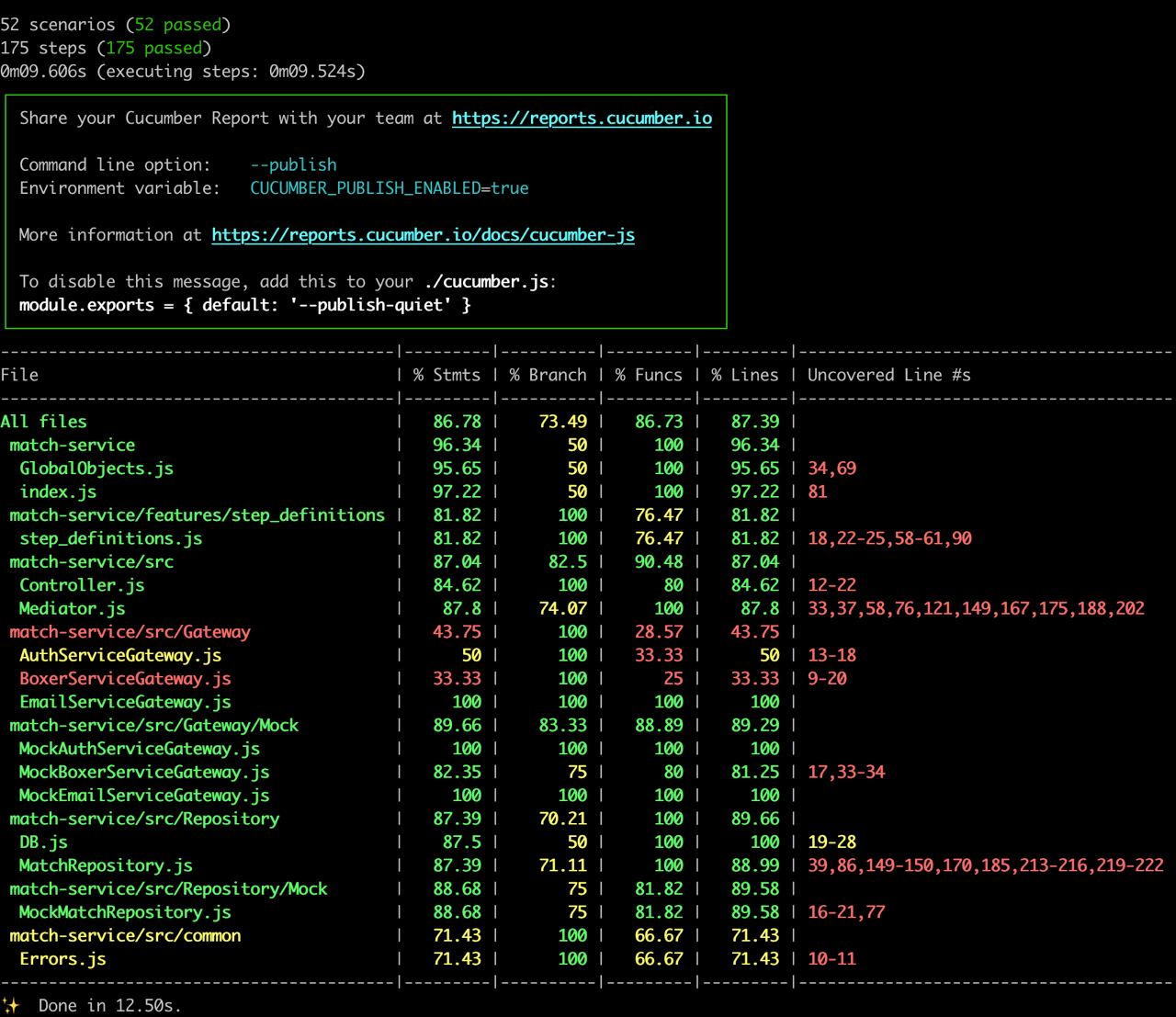I'm designing my tests using the Behavior Driven Development (BDD) approach using Gherkin syntax and running my tests with Cucumber JS.
I'm using Cucumber Studio to share reports and keep synced with my business stakeholders, and management.
Recently I needed to get test coverage reports for the project, and made some research but couldn't decide which library to use to get coverage reports and how.
So far I've found JSCover, Cucumber Reports, and Istanbul for test coverage reports, but I'm not sure how to use them exactly and which would be best for my case to use with Cucumber JS.


unit,component,integration, ande2etests which don't require a browser to run. The most external test is E2E and it uses gRPC requests. – Bash